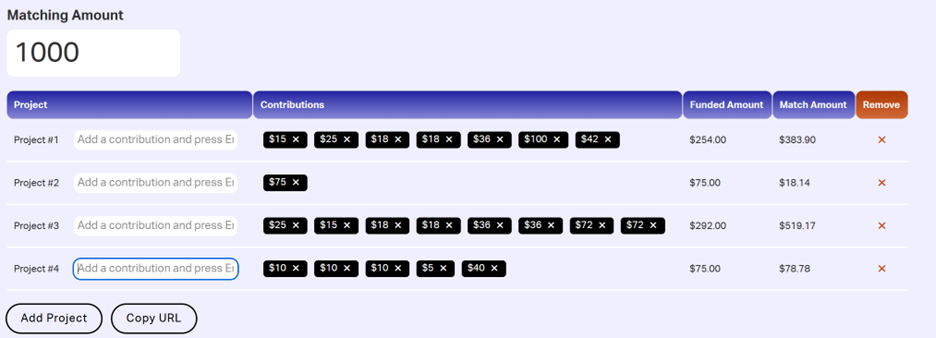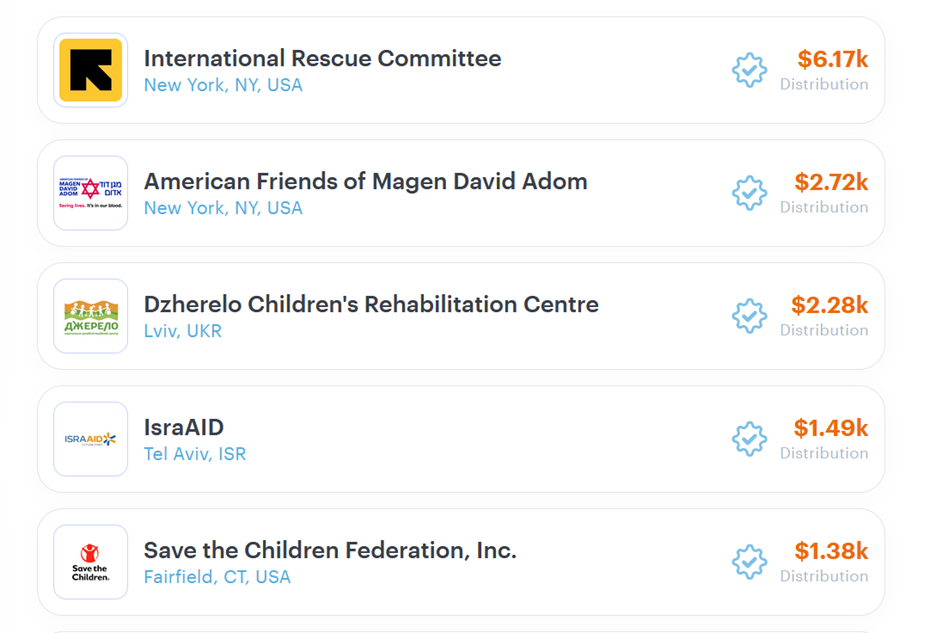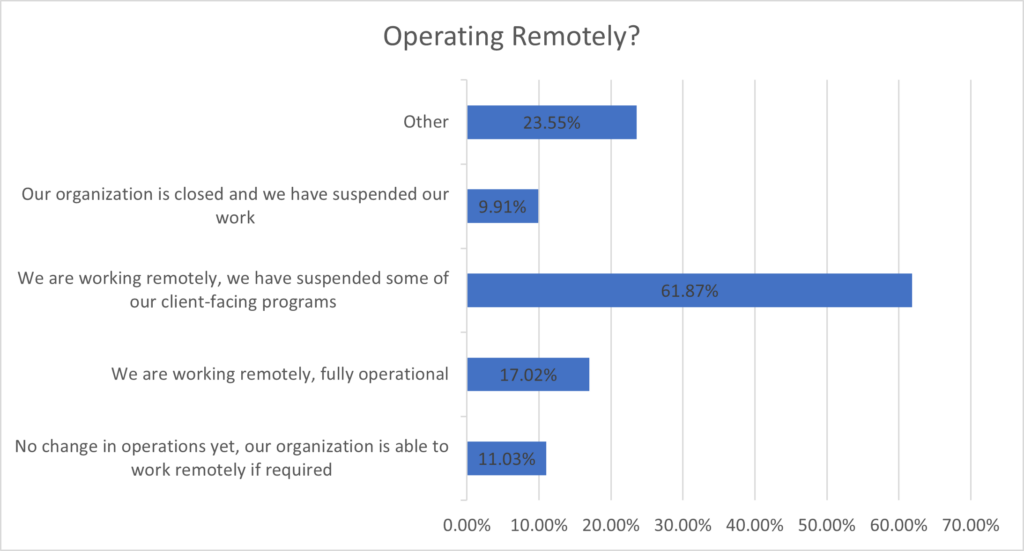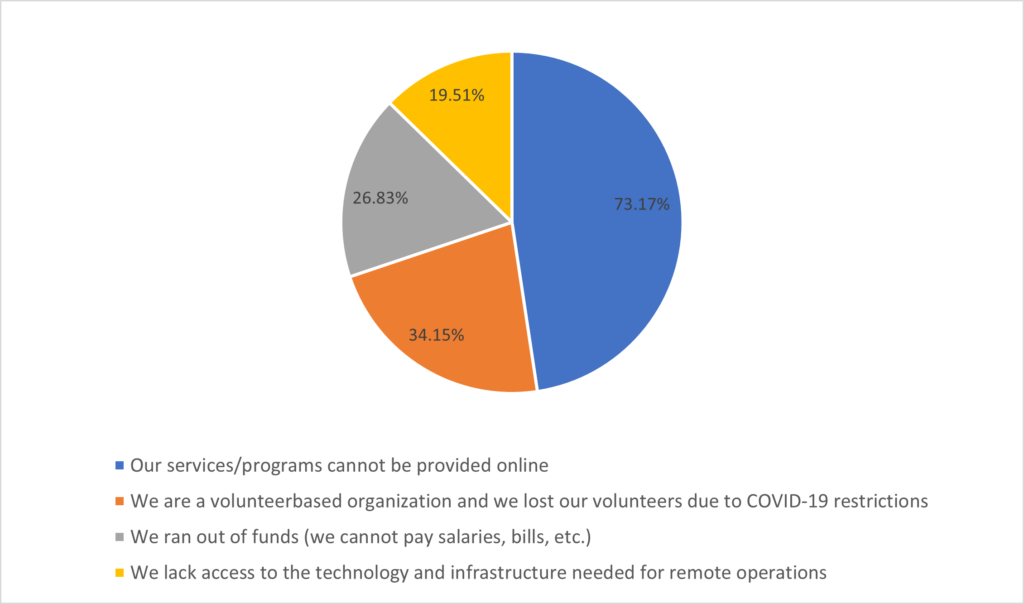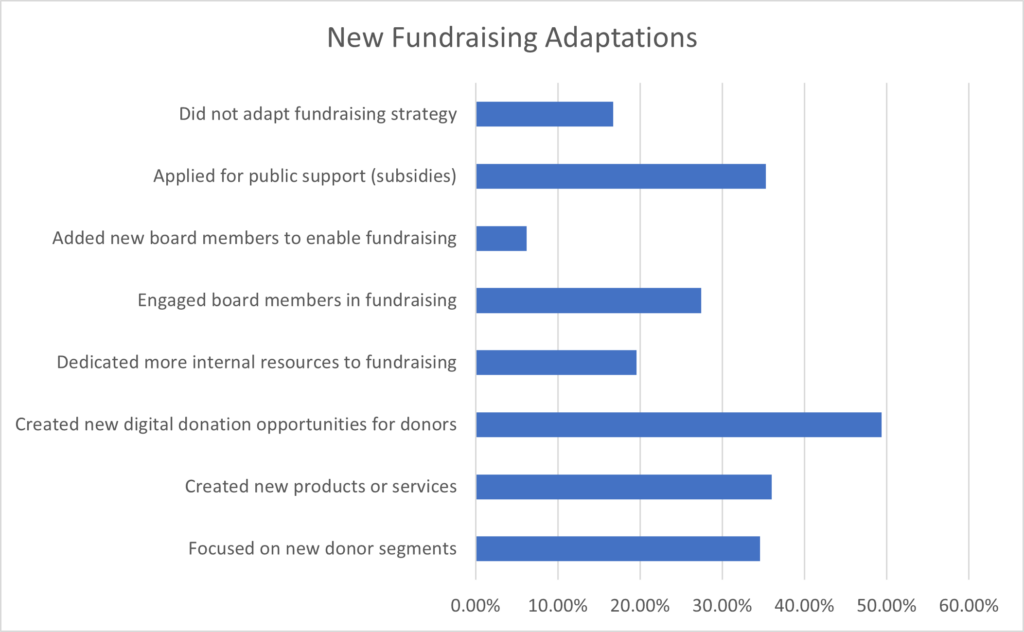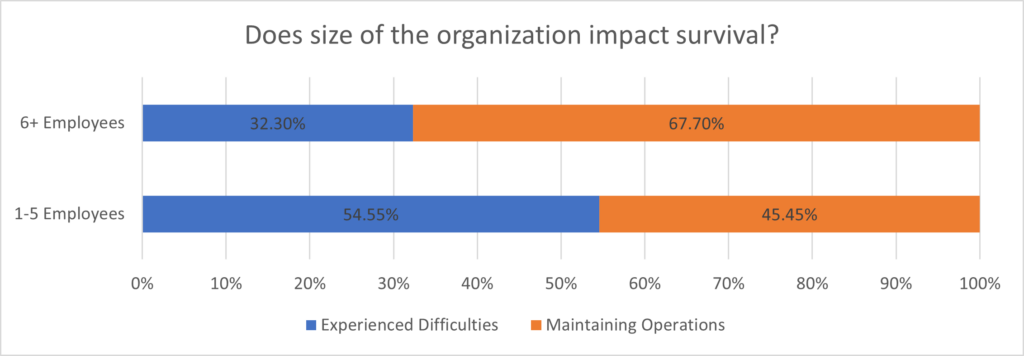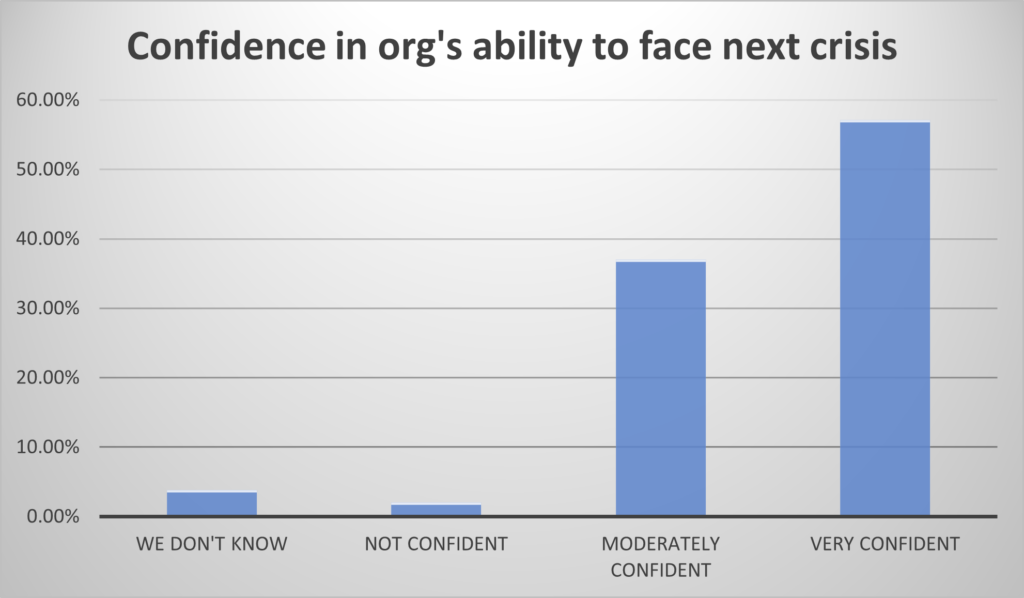by: Tara McMullen-King, Director, Research & Consulting
It’s no secret that an effective prospect management system can significantly enhance an organization’s fundraising efforts – and here at the Helen Brown Group, we are sometimes called on to consult with clients who are thinking about creating a new prospect management system from scratch, or overhauling an existing one. Is your organization in the same boat? If so, it’s important to carefully think through the design, implementation, and upkeep to ensure that your system will be both successful and sustainable.
A robust prospect management system typically includes some of the following:
- Donor interests and demographic information
- Prospect assignment, coordination, and collaboration policies
- Prospect strategy plans
- Relationship management tracking via contact reporting, stage, and inclination coding
- Prospect development and research activities
- Proposal development and pipeline management
- Volunteer and committee assignment and management
- Accountability standards for program and fundraiser performance
- And a rich source of benchmarking data and KPIs (key performance indicators) with forecasting capabilities
But how do we get there? Before jumping into creating a new system or refining an existing one, I suggest taking some time to consider the following questions, considerations, and challenges.
What are your expectations and desired outcomes with regards to implementing a prospect management system? What issues/problems/questions are you looking to address?
Defining your expectations and goals is crucial for setting a strong foundation for your new system, helping you clearly identify what you want to achieve. Whether your focus is on streamlining processes, enhancing data accuracy, improving reporting, or addressing specific challenges, keeping these objectives in mind will guide the design and implementation of your new system. Without a clear understanding of the issues you aim to resolve, you risk losing focus and developing a system that falls short of your needs.
Who are the key stakeholders in your organization that need to be involved in the development and implementation process? Do you have buy-in and investment from your organization’s leadership and other staff?
It’s essential to identify key stakeholders and secure leadership support. Stakeholders from different departments will have different perspectives and needs, which should be considered in the design of your system. Gaining buy-in from leadership ensures that you have the necessary support and resources, and that the project aligns with the organization’s strategic priorities. Without broad involvement and support, your prospect management system may face resistance or fail to meet the needs of its users – but getting staff to adopt any new system can be challenging due to unfamiliarity or perceived difficulties. You will want to provide comprehensive training and ongoing support to encourage adoption and ensure that staff are comfortable using the system.
What is your target timeline for the development and implementation of your new system, and what resources (staffing, time, technology, budget) are you willing to commit to support the project?
It will be essential for you to establish a realistic timeline and understand the resources you have at your disposal. What is the full scope of the project, and what will it take for you to achieve your goals? Without a well-defined timeline and committed resources, you may encounter serious delays, go dangerously over your budget, and face inadequate support, all of which could seriously jeopardize your success.
Who will create your prospect management policies and procedures? Who will implement those policies and procedures? Who is going to be responsible for entering and maintaining the data? Who will be responsible for keeping the system on track once it is created?
It will be important for you to think about the various roles and responsibilities – who will be responsible for the critical tasks that will keep your prospect management system functioning effectively in the future? Without clear ownership and accountability, you may suffer from inconsistent data entry, poor maintenance, and lack of adherence to policies, leading to a decline in data quality and usefulness over time.
How does your organization currently track donor and prospect data? What data is available and how reliable is it? Aside from your CRM, are there other systems or tools you currently use to track and manage donor relationships, interactions, and solicitation efforts?
Different departments or teams within your organization may store data in separate systems, leading to fragmented information and inefficiencies. To address this, you may want to consider integrating or centralizing data across teams for a more cohesive approach to prospect management. Many organizations also rely on multiple tools to manage donor relationships and track interactions, which can result in data silos and inefficiencies. By assessing your current data, tools, and existing data management practices, you can take steps to reduce redundancy and ensure that all relevant data is captured in one place, while also making informed decisions about what needs to be improved, what can be carried over into the new system, and how to ensure data hygiene and accuracy moving forward.
What are your organization’s current prospect management processes and policies, if any? Are they realistic? Understandable? Up-to-date?
Before creating a new prospect management system, it’s important to assess your current processes to determine which are still effective, user-friendly, and relevant to your needs. Outdated, unclear, or impractical processes can obstruct efficiency and compromise data integrity. By thoroughly understanding the existing state of your policies and workflows, you can leverage what works well and address any shortcomings in the new system, ensuring it aligns with your current goals and is straightforward for staff to use.”
How do you currently identify and prioritize potential donors or prospects for cultivation and solicitation?
Achieving fundraising success requires the ability to efficiently identify and prioritize prospects, so it’s incredibly important to take some time to evaluate your current strategies for donor identification and prioritization. By analyzing the strengths and gaps in your current system, you can create a new process that enhances these efforts, ensuring that high-potential prospects are identified, properly cultivated, and solicited at the right time.
Are you currently using your prospect and donor data to inform fundraising strategies? What metrics or key performance indicators (KPIs) do you use to measure fundraising success and donor engagement?
Data-driven decision-making can significantly improve your fundraising outcomes – so you should also consider whether you are fully leveraging the data you are collecting. If you’re not, your new system should be designed to better capture and analyze data to inform strategic decisions, such as identifying trends, segmenting donors, and optimizing solicitation strategies. Additionally, metrics and KPIs are crucial for assessing the success of your fundraising efforts, so it’s worth considering how you currently measure performance and whether those metrics align with your objectives. A new system could help track these KPIs more effectively, offering actionable insights to refine your strategies.
By carefully considering these questions and challenges, you can start building a prospect management system that not only addresses your immediate needs but also lays the foundation for long-term success. In upcoming posts, I’ll continue to explore additional questions to consider, offer strategic advice on data points and system design, and share some practical tips and tricks. So keep an eye out for more insights!






